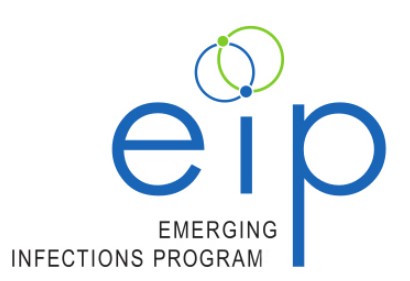What to know

Background
EPS builds on the existing NNDSS for pertussis in seven states participating in the Emerging Infections Program.
EPS activities are characterized by improved completeness and quality of data, augmented data collection, and routine isolate collection.
EPS primarily collects epidemiologic data and isolates from cases of Bordetella pertussis. However, EPS also captures case data and isolates for other Bordetella species, including B. parapertussis, B. bronchiseptica, and B. holmesii.
What EPS sites do
After a pertussis case is identified, EPS sites
- Complete a standardized case report form using information collected during patient and physician interviews
- Collect isolates, when available, and routinely ship them to CDC for further laboratory characterization
The number of pertussis isolates available for laboratory characterization has declined nationally. EPS sites use various methods to increase isolate collection in their catchment areas. These methods range from establishing sentinel clinics to promoting free, centralized testing at state public health laboratories.
ABCs encourages sites to incorporate methods to increase the yield of identified pertussis cases in the catchment area. For example, sites can encourage providers to submit specimens directly to state public health laboratories for centralized testing. Sites can also educate providers and public health personnel within the catchment area about pertussis and the goals of EPS.
Program objectives
- To determine the incidence and epidemiologic characteristics of B. pertussis
- To characterize the molecular epidemiology of circulating strains of B. pertussis
- To determine epidemiologic and molecular characteristics of other Bordetella species (B. parapertussis, B. bronchiseptica, and B. holmesii)
- To monitor the impact of pertussis vaccines
- To provide an infrastructure for additional special studies including those aimed at evaluating B. pertussis prevention and control strategies
Case definition
The Council of State and Territorial Epidemiologists (CSTE) published the most recent case definition for pertussis in 2020.
